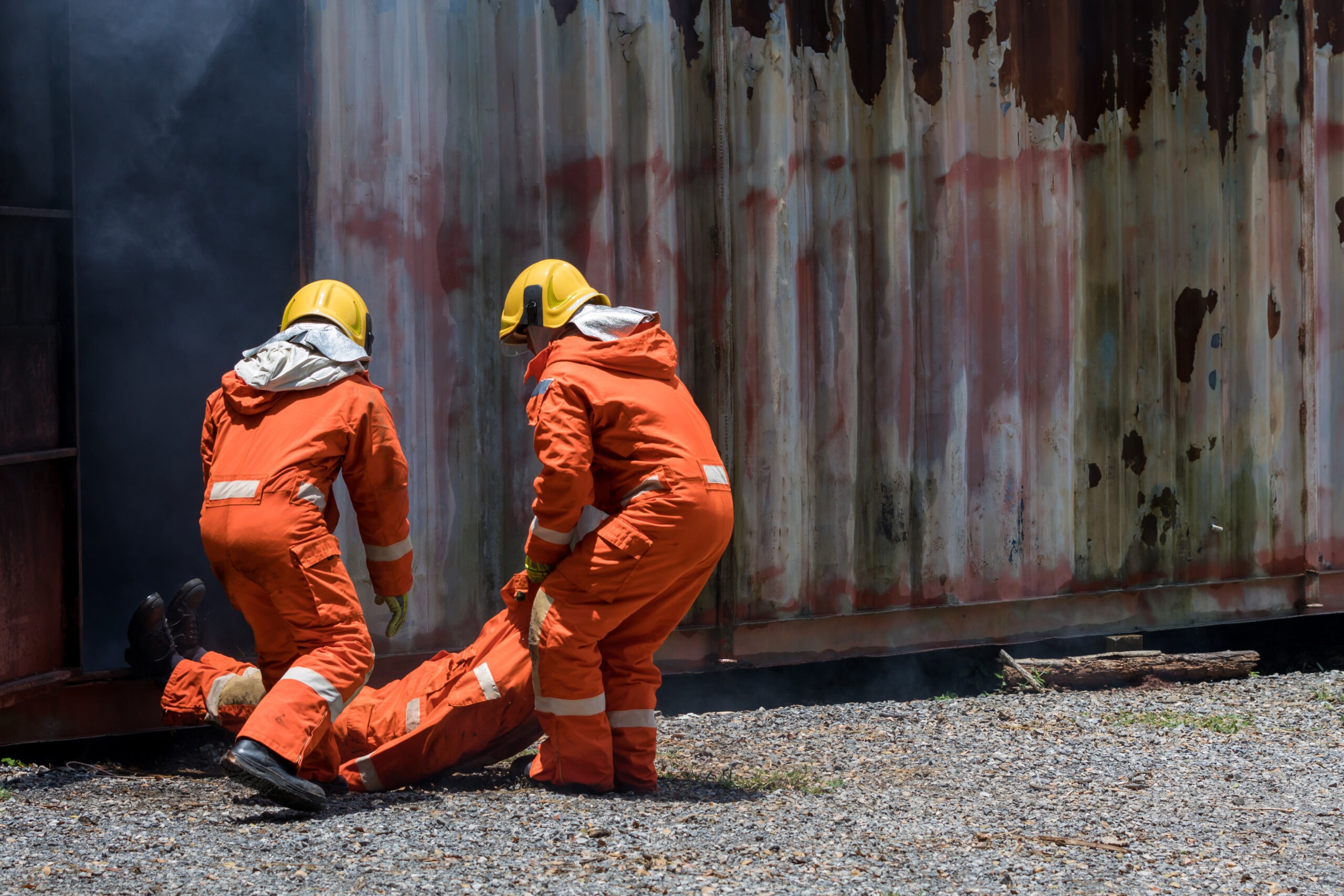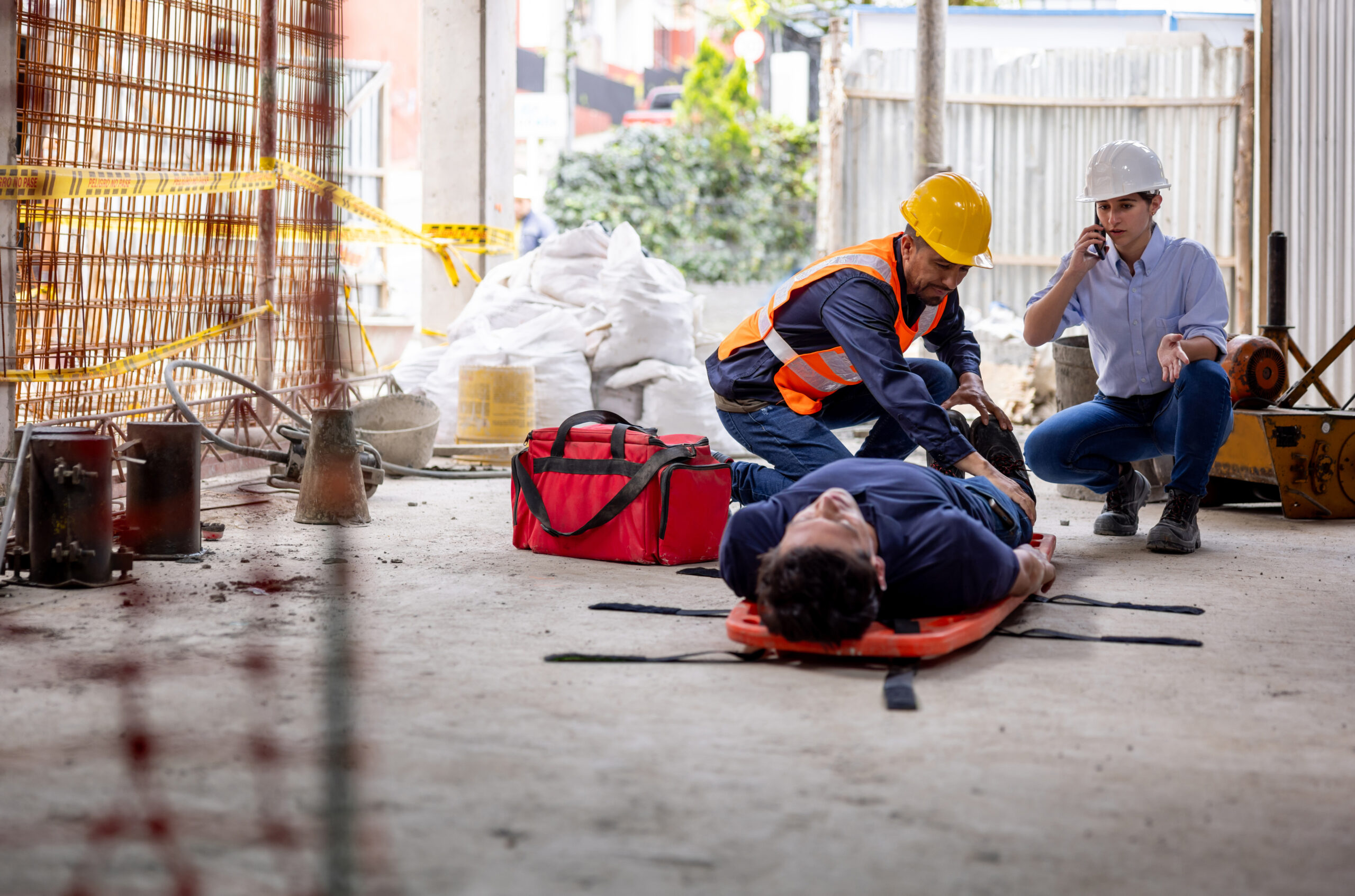What we learned from 300 safety professionals on psychological health and safety

Last week, nearly 300 safety professionals from across North America joined a NASP webinar on psychological health and safety (PHS). They came from different industries and regions—but pointed to the same emerging trend: mental health is becoming an increasingly important part of safety strategies, and that focus is only likely to grow.

All recognized a common reality: the current approach to safety isn’t enough. Turnover is surging. Burnout is widespread. Mental health issues are contributing to accidents, claims, and investigations.
As one attendee put it:
“PHS is critical for the company’s safety programs to function properly.”
Here are some other key takeaways from the conversation:
- PHS is new to most, but the need is obvious
Most attendees had never taken a formal course in psychological health and safety. Some had heard of ISO 45003. A few had taken Mental Health First Aid. But for many, the concept of managing psychosocial hazards was new.
Still, no one questioned the urgency—mainly because psychosocial risks are already showing up in both lagging and leading safety indicators.
- The same risks are showing up everywhere

Across industries, three psychosocial hazards kept coming up:
Psychosocial hazards are the aspects of work that can harm mental health—like workload, lack of control, poor leadership, or conflict with coworkers. Left unmanaged, they can lead to stress, burnout, and even physical injuries.
Job demands
“The ‘do more with less’ mentality is a killer.”
Pace, pressure, and workload are crushing teams. It’s affecting both frontline staff and supervisors.
Poor leadership
“New leaders aren’t trained, and senior leaders aren’t supporting them.”
Many organizations haven’t equipped their leaders with the tools to support mental health or build psychological safety. That gap is creating more harm—and more risk.
Constant change with no support
“It’s not the change—it’s the lack of communication and planning that makes it hard.”
Change management was named again and again. From restructuring to new systems, employees are under strain—and few are being supported through it.

3. Stigma is still a problem
Despite growing awareness, stigma continues to prevent many workers—especially in male-dominated industries—from speaking up or getting help.
“I’m a boomer male. We don’t talk about our mental health or any health. Keep it inside the house. I admire those that can speak about it out loud.”
At the same time, some acknowledged a shift. Younger workers may be more willing to talk about mental health—but that doesn’t mean they have it easier.
“To be young is to be soft. It’s a sign of our times.”
That comment sparked pushback. Others pointed out that younger workers face different kinds of pressures—including the constant presence of social media and the fear that speaking up will follow them forever.
The takeaway? Stigma looks different across generations. But it’s still there. And unless workplaces normalize conversations and support, silence will continue to drive harm.
4. Leadership buy-in is still a struggle
“I’d be happy if I can get buy-in on PPE.”
Even when safety professionals see the value of PHS, getting senior leaders on board is tough—especially when mental health still feels outside the traditional scope of safety.
Many also shared how difficult it is to get others in the organization to understand what PHS actually means.
“How do you explain psychological safety to an HSE person at a small contractor whose understanding stops at the obvious, like ‘hand safety means gloves’?”

Without a clear, shared understanding of psychological risks, it’s hard to get traction. Building awareness is the first step, but leadership support is what moves it forward.
Where we go from here
This topic isn’t going away. Psychological health and safety is becoming a core part of the safety role. But real barriers still stand in the way—limited budgets, lack of leadership buy-in, and confusion around how to work with HR.
The question now is: how do we move forward?
- Attend NASP’s 2-day PHS Workshop: Get trained and learn how to talk to leadership. Build the knowledge to spot psychosocial risks, make the business case, and future-proof your role in safety.
- Book NASP to train your leaders and teams: You can’t move forward alone. PHS only works when supervisors, managers, and coworkers all understand their role in reducing harm and building trust.
- Book a psychosocial risk assessment: Show them the numbers. Use data to connect stress and burnout to claims and incidents—so leadership sees the cost of inaction and you have a clear roadmap for change.
Blog Posts
Latest Posts
Related Posts





